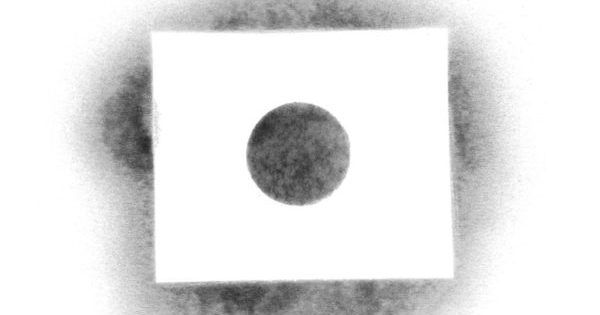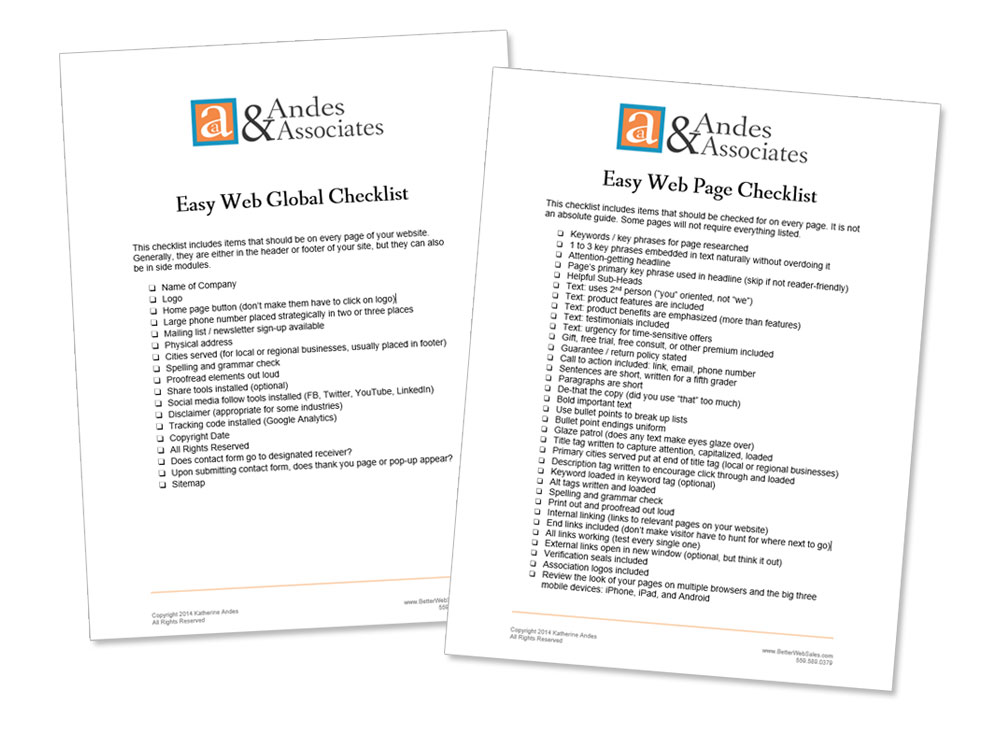Many people still put two spaces after a period. “That’s what my English teacher taught me,” they say.

The practice is a holdover from the era of the typewriter when characters all took up the same amount of space. For example, an “i” took exactly the same amount of space as an “m.”
So the rule was two spaces after a period to help signal a new sentence to the reader.
With the advent of word processing, characters are now spaced proportionally. There is no longer a need to put two spaces after a period. One will do.
Yet today, I often see web content with two spaces after a period. This creates text with gaps and makes it a little harder to read. It also looks a tad unprofessional.
It’s not a really big deal, but paying attention to this kind of detail will help elevate your site above your competition.
Interestingly, I find young people making this mistake as much as the older generation.
It’s fascinating how practices are still handed down long after they have become obsolete.
Easy Web Tip #53: When writing your web copy and other documents, just put one space after a period.
P.S. Easy Web Tip 286 amends the above advice.



